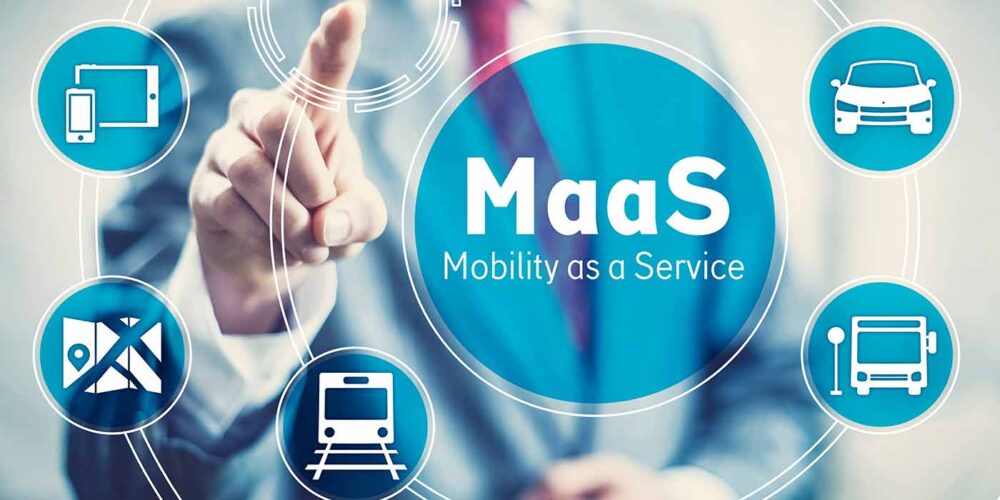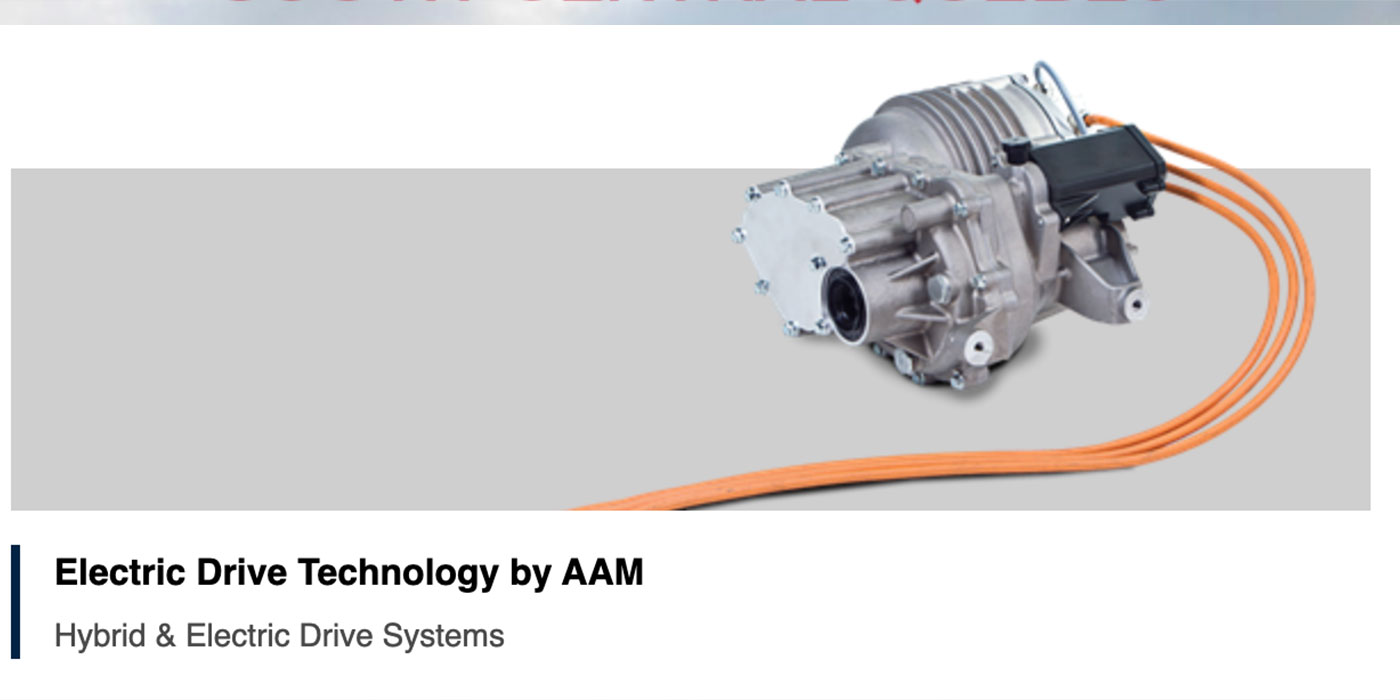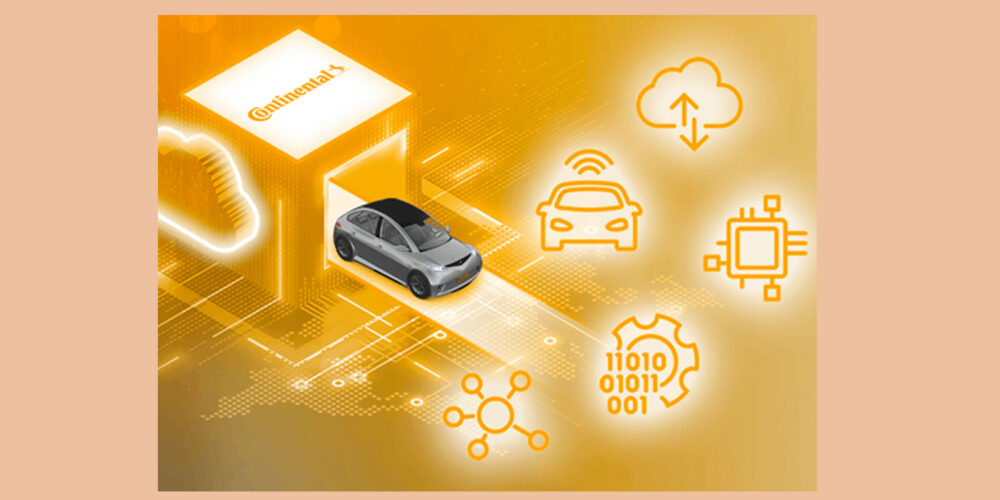Most of us have experienced Mobility as a Service (Maas) when we reached for our phone to order a ride-hailing vehicle on our last business trip. But MaaS encompasses many more modes of transportation and stands to disrupt and transform how we think of transportation in the coming years.
MaaS depends on electric vehicles (EV), autonomous vehicles (AV), cloud computing, geo-positioning, powerful mobile apps and more to deliver affordable, safe and more convenient alternatives to private vehicle ownership. Since most of our readers make a living related to the maintenance and service of privately owned light-duty vehicles, we must understand the trends that are driving this shift and what it means to the future of the aftermarket.
Providing transportation through a mobile app did not cause a disruptive change in consumer behavior. Uber and Lyft (and others) were a response to a demand from consumers for a lower-cost, more convenient alternative to the traditional taxi fleet model. Ride-booking and the associated apps offer a variety of vehicles to choose from, pricing in advance, scheduling ability, driver ratings, in-route mapping and many more added values. As a result, in June 2022 in New York City, the average daily count of taxis was 5,490, and at the same time there were over 49,000 ride-hailing vehicles on the city streets. Statista Research projects the global ride-hailing market will reach $226 billion in 2028, up 133% since 2022.
Ride-booking has clearly disrupted the taxi industry in profound and irreversible ways. But since nearly every ride-hailing vehicle is a privately-owned car or SUV, most of their parts and maintenance needs are supplied through the independent aftermarket. And, logically, an owner depending on a vehicle for maximum revenue and uptime is going to service it more regularly and address repairs as needed. An Uber X passenger was recently surprised to see his driver arrive in a late-model Tesla. “Is this your daily Uber car”, he asked. The driver explained the Tesla was a rental because his daily vehicle was in the shop for service, and he couldn’t afford to miss a day of driving.
According to Todd Campau, associate director aftermarket solutions at S&P Global, new drivers are putting off getting their license until age 21-24, when 20 years ago, 50% of drivers were licensed by age 16-18. Members of the generation that reached maturity over the pandemic years are put off by the average passenger car MSRP of $42,000, which represents 48-53% of the average household income. City-dwellers who choose not to own a car find they can get around just fine through the use of electric scooters, ride-hailing and as a last resort – public transportation.
Mario Franjičević, principal future mobility analyst for S&P Global said, “together with public transit, ride-hailing in urban settings is cost-effective if you travel 12,000 miles per year or less”. The same generation that is drawn to ride-hailing also seeks cleaner, greener and more high-tech alternatives to traditional transportation. This is where the confluence of autonomous and electric vehicles will be at the center of the Mobility as a Service trend.
A dense concentration of people and vehicles is needed to make a shared transportation business model viable, which is why this trend will occur in cities and urban centers primarily. When more of the population can easily get to their destination with shared transportation services, individuals will save $5,600 annually per family according to Derek Kaufman, managing partner at Schwartz Advisors, and time (90 hours per annum per user) versus commuting alone in their private vehicles. Reduced traffic congestion from taking single-occupant vehicles off the roads and better availability of parking are among the societal benefits of adoption of MaaS in urban areas.
However, ride-hailing is not appropriate for everyone and a future vision of autonomous pods flowing all around the city center is unlikely. Mark Seng, vice president for business development at PREDII explained, “A married family with kids depends on their private vehicle to get to school and soccer practice. But, a post-millennial living in a converted loft downtown can easily postpone a vehicle purchase for years and depend on ride hailing and public transportation.”
Ride-hailing in its current form stands to be disrupted by the maturation of autonomous vehicle technology and battery electric propulsion. Taking the driver out of the equation makes autonomous vehicle operation more cost-effective and (potentially) safer. Electric vehicles can power the computers, safety systems and electronics that are required to provide a clean, quiet, safe and high-tech alternative to owning a car. But experts agree that the tipping point for viability of MaaS driven by EV and AV is a decade or more in the future. Franjičević from S&P said, “The uptake in autonomous vehicles is slower than projected and disappointing. We are at the bottom of the hype cycle and have seen delays.”
So, what are the takeaways for aftermarket planners and decision-makers when “robo taxis” are expected to be common in cities in the 2030s? What does that have to do with the sales of parts and service? Kaufman projects the fleet-owned portion of the light-duty VIO will increase significantly due to the economies of scale. Charging, cleaning and servicing these vehicles cost-effectively must be done at scale. Franjičević added that the vehicle ownership model will change away from private ownership to subscription services (rent a ride).
Who will own these fleets is still to be determined. It could be the legacy ride-hailing operators such as Uber and Lift; or it may be the leading innovators of the EV/AV platforms such as Google (www.Waymo.com), Tesla and Amazon (www.Zoox.com ); it could be the operators who know the most about owning fleets today such as Penske, Avis or Hertz. Seng observed that one thing is certain to be true of fleet-owned vehicles.
“The buying power of customers will shift to fleets, and there will be consolidation among fleet operators,” he predicts. “Reduced underperformed maintenance is a positive for the aftermarket. But brand marketing will become less important when fleet parts managers, who replace parts with greater frequency, select price primarily irrespective of brand reputation.”
Parts distributors and retailers should ensure an aggressive fleet marketing and sales strategy. In addition, brands should support their channel partners with national account and fleet sales programs that ensure the aftermarket doesn’t cede share to the OEs in this exciting new age of Mobility as a Service.














